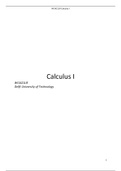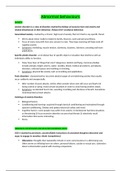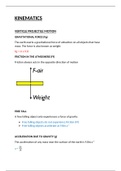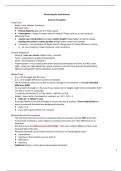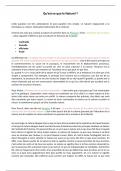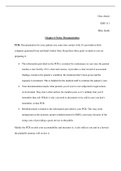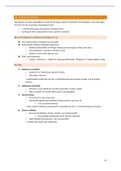Samenvatting
Summary Calculus I
- Vak
- Calculus I
- Instelling
- Technische Universiteit Delft (TU Delft)
Dit is een samenvatting van het vak Calculus I, deze samenvatting is volledig geschreven met tentamens in het hoofd. Dit betekent dat de voorbeelden en de uitwerkingen geschreven zijn op een manier dat de vragen van het tentamen makkelijker te beantwoorden zijn.
[Meer zien]
